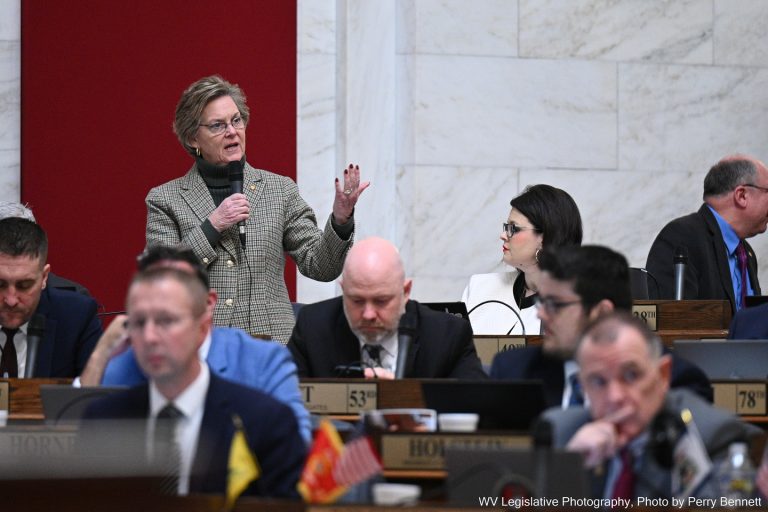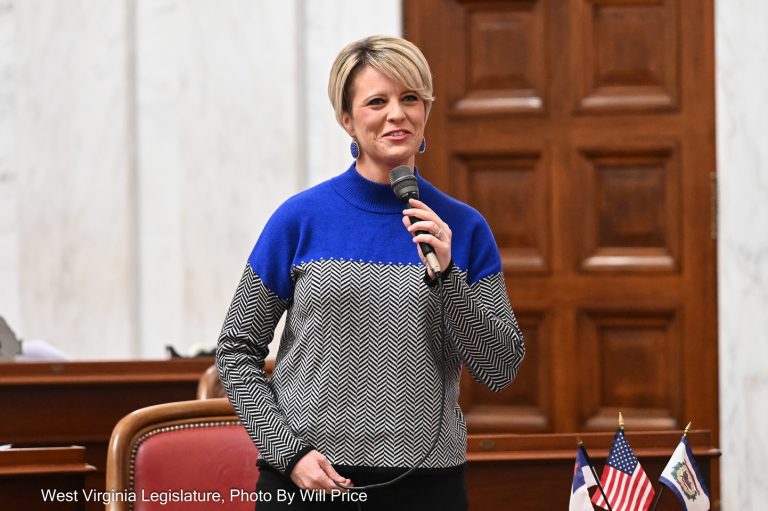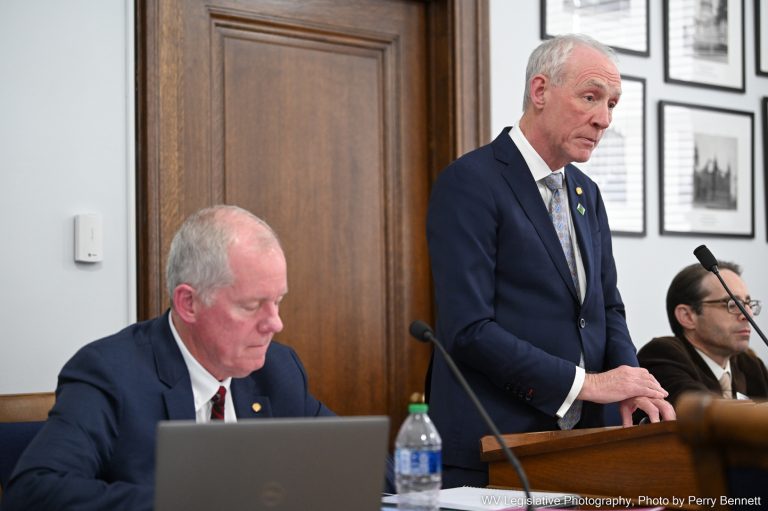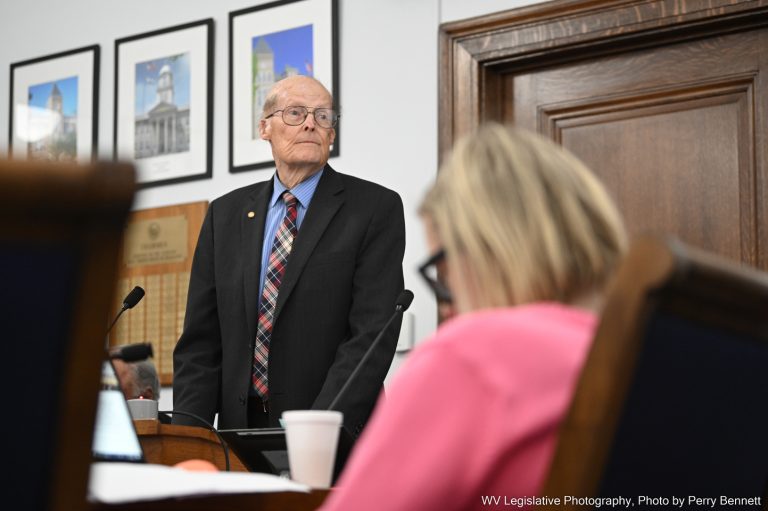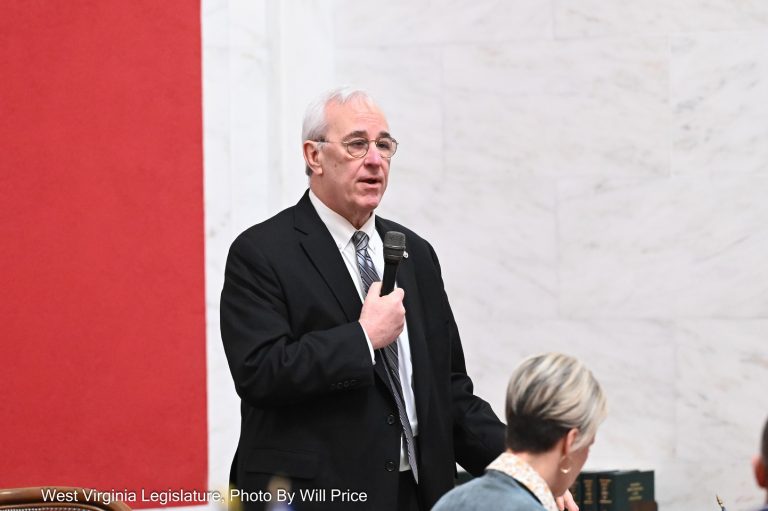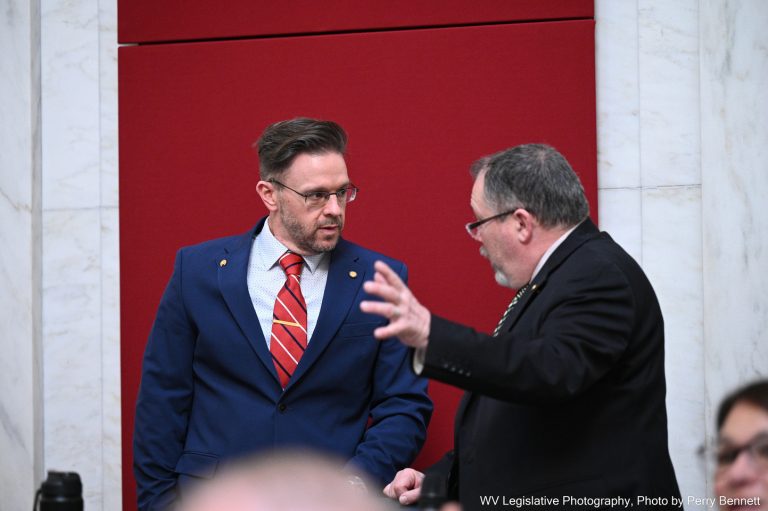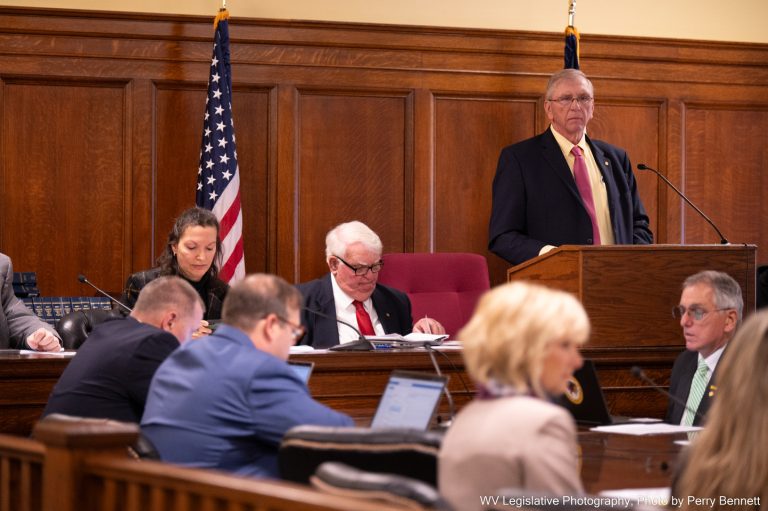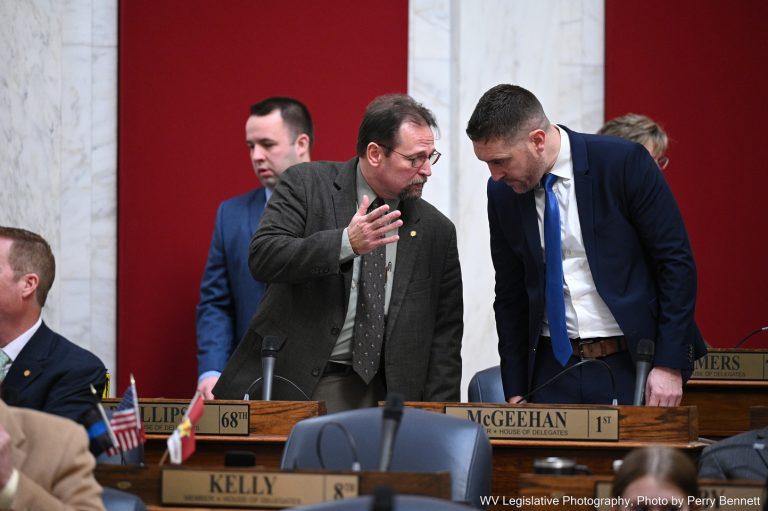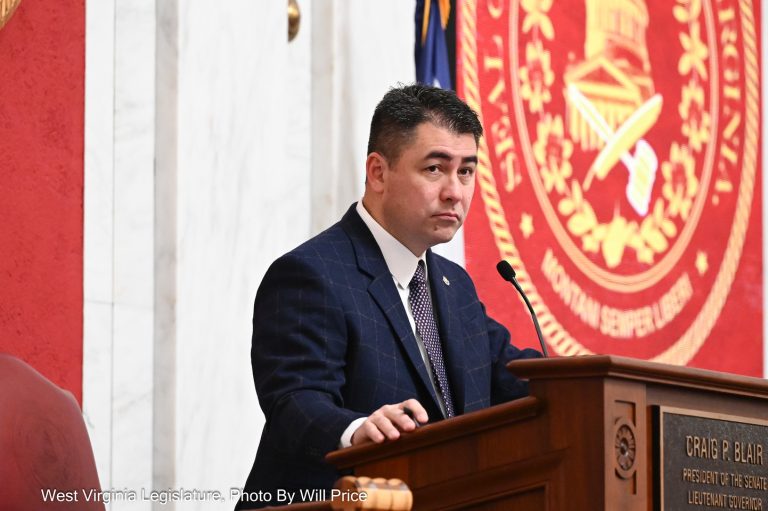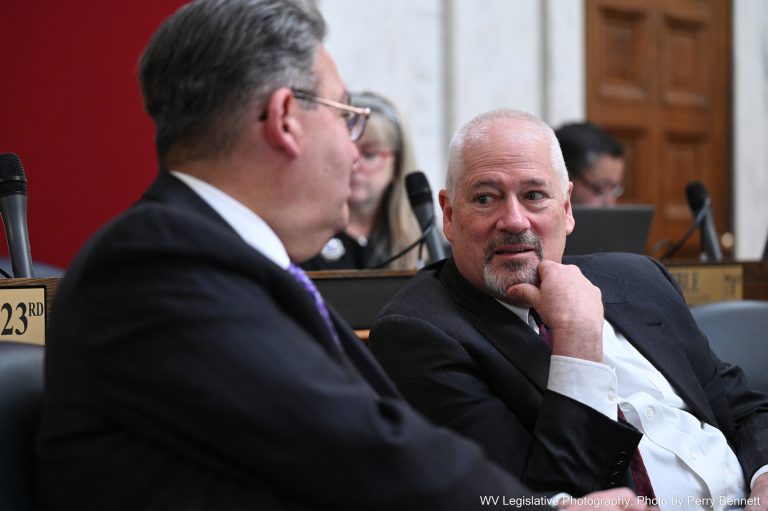The Committee on Government Organization met this afternoon.
House Bill 4759 requires employers to use E-Verify to verify the legal employment status of all persons who come into their employment and to report their employment to the appropriate governmental agencies. The bill defines “E-Verify” as the electronic verification of the federal employment authorization program of the Illegal Immigration Reform and Immigrant Responsibility Act of 1996.
E-Verify is used by thousands of employers across the US on a voluntary basis. This bill would make it a requirement. The bill heads to the Judiciary Committee next.
The Committee had several bills authorizing agencies to create various rules. The 19 bills below will advance to the Judiciary Committee.
House Bill 4088 authorizes the Division of Labor to create legislative rules relating to minimum wage, maximum hours, and overtime compensation.
House Bill 4089 authorizes the Division of Labor to create a legislative rule relating to the licensing of elevator mechanics, accessibility technicians, and limited technicians and the registration of elevator mechanic apprentices.
House Bill 4104 authorizes the Division of Motor Vehicles to create a legislative rule relating to motor vehicle titling.
House Bill 4105 authorizes the Division of Motor Vehicles to create a legislative rule relating to dealer licensing.
House Bill 4106 authorizes the Division of Motor Vehicles to create a legislative rule relating to handicapped parking permits.
House Bill 4110 authorizes the West Virginia Board of Accountancy to create a legislative rule relating to board rules and rules of professional conduct.
House Bill 4111 authorizes the West Virginia Board of Acupuncture to create a legislative rule relating to applications for licensure to practice acupuncture. The bill advances to the Judiciary Committee.
House Bill 4118 authorizes the West Virginia Board of Barbers and Cosmetologists to create a legislative rule relating to procedures, criteria, and curricula for the examination and license of barbers, cosmetologists, nail technicians, aestheticians, and hair stylists.
House Bill 4119 authorizes the West Virginia Board of Barbers and Cosmetologists to create a legislative rule relating to the application for waiver of initial licensure fees for certain individuals.
House Bill 4120 authorizes the West Virginia Board of Barbers and Cosmetologists to create a legislative rule relating to cosmetology apprenticeship.
House Bill 4130 authorizes the West Virginia Massage Therapy Licensure Board to create a legislative rule relating to general provisions.
House Bill 4131 authorizes the West Virginia Massage Therapy Licensure Board to create a legislative rule relating to the schedule of fees.
House Bill 4132 authorizes the West Virginia Massage Therapy Licensure Board to create a legislative rule relating to establishment licensure.
House Bill 4151 authorizes the Board of Professional Surveyors to create a legislative rule relating to the examination and licensing of professional surveyors in West Virginia.
House Bill 4152 authorizes the Board of Examiners of Psychologists to create a legislative rule relating to disciplinary and complaint procedures for psychologists.
House Bill 4153 authorizes the Board of Examiners of Psychologists to create a legislative rule relating to contested case hearing procedures.
House Bill 4154 authorizes the West Virginia Real Estate Commission to create a legislative rule relating to licensing real estate brokers, associate brokers, and salespersons and the conduct of brokerage business.
House Bill 4155 authorizes the West Virginia Real Estate Commission to create a legislative rule relating to the schedule of fees.
House Bill 4156 authorizes the West Virginia Real Estate Commission to create a legislative rule relating to requirements for real estate courses, course providers, and instructors.


